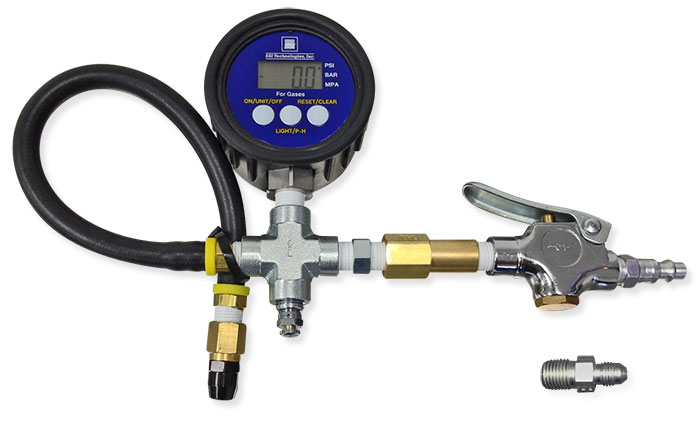Two factors that can affect tire pressure are Temperature and Altitude, which makes it necessary to understand these when environmental factors change. Checking your tire pressure needs to be undertaken on a regular basis. This ensures that the tires are able to handle the road properly.
Normal Pressure
The standard tire pressure varies depending on the size of the tire and the weight of the car. Look in the vehicle’s manual to determine what the correct pressure should be. This should always be kept in mind when there is an atmospheric change or the car is moved to a different location.
The pressure in a tire is measured in pounds per square inch (psi) and can be measured at many gas stations, or using a gauge available from car equipment retailers. At sea level, air pressure stands at 14.7 psi.

Temperature
The temperature can have a significant effect on tire pressure, whether it increases or decreases. An increase in temperature causes the air in tires to expand, which can result in them being under too much pressure from being overinflated. Cold temperatures have an opposite effect, reducing the air pressure. As a result, tires that were previously correctly inflated are no longer when they are used in cold weather.

Altitude
Changes in the altitude that a car is used in have an effect on the tire pressure because the external air pressure has changed. The level of pressure in a tire is created from the relationship between the air inside the tire and the air outside. As you climb to a higher altitude, the air offers less resistance, which will create a larger amount of pressure within the tire. Accordingly, it is necessary to make adjustments for a change in altitude; releasing air for ascent and adding air for descent. Tire pressure and altitude go hand in hand because the qualities of the air outside differ according to how high you are above sea level.
Adjustment
Having the necessary equipment to change the pressure in the tires is an essential part of the tool kit for your car. Being aware of the location of the relevant valves in the tires ensures that you can always rectify the situation by adding or releasing some air. Further, having a gauge to be able to measure the air pressure is beneficial so that you can check tire pressure when temperature or altitude changes.

Result
A car without the correct tire pressure is not only harder to control, but it is also the cause of unnecessary wear and tear on the vehicle. Whether they are over or under inflated, the tires will not be able to grip the road properly, which can result in larger stopping distances. Not only does the car have to work harder but so do the tires, which can result in a blow-out.
Tire Reading Basics
Don’t wait until you can visibly see an underinflated tire. Low tire pressure is not immediately visible, but it can still lead to safety issues and problems with uneven wear.

Finding the Proper Tire Pressure
The maximum tire pressure for a specific tire is often written on the sidewall. It may not be prominent, but generally, if you look at all the text printed on the sidewall of the tire, you will see a “MAX PSI” or maximum tire pressure. Tires should be inflated close to this pressure.

Using a Tire Gauge
There are two kinds of tire gauges: analog and digital. Old analog models have a metal slide rule that pops out of the top of the pressure gauge. Digital models show the result on a digital screen. Either way, the nozzle system is the same. Take off the valve stem cap from the tire and place the nozzle end of the tire pressure gauge against the valve stem. If you hear air rushing out, the nozzle was not correctly applied. Push forward until you don’t hear any air rushing out from the valve stem. Take your reading off the screen or the pop out ruler.

Fill the Tire
Lots of tire pressure gauges are connected to an air hose. In this case, you can simply press down on the handle of the hose to fill the tire in small increments, reading the pressure gauge between each fill. A digital system can work in a similar way.

Install a Tire Pressure Monitoring System for your own car
A tire-pressure monitoring system (TPMS) is an electronic system designed to monitor the air pressure inside the pneumatic tires on various types of vehicles. TPMS report real-time tire-pressure information to the driver of the vehicle, either via a gauge, a pictogram display, or a low-pressure warning light.





